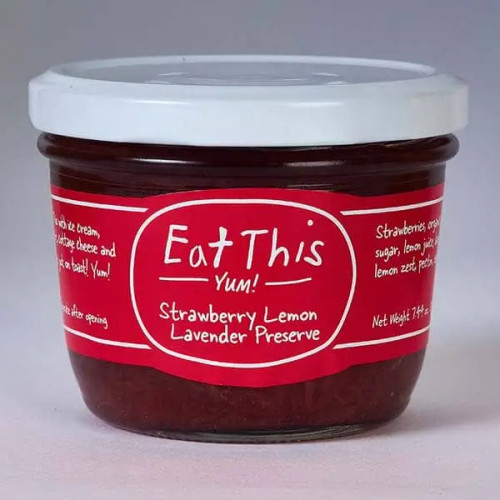Origin: The Netherlands
Texture: Hard-Firm
Milk: Raw Cow's Milk
Boeren Leyden is one of the oldest cheeses in the Netherlands. The city of Leiden, whose coat of arms is stamped on the forms, hosted a well-known cheese market as far back as 1303 and, until two centuries ago, Boeren Leyden was the most common cheese in the country. Thanks to its high acidity, low fat, and solid structure, this cow’s milk cheese was perfect to be shipped to overseas colonies: Despite the extremely high temperature and humidity on the tropical seas, the cheese kept very well and was used to feed crews in 16th and 17th centuries. It was at this time that cumin was added to the curd, to make the cheese easier to cut.
Many old farms in the historical production areas have preserved the cool, deep cellars with low windows where milk used to be poured into big containers to allow the cream to rise. According to the traditional Boeren Leyden cheesemaking process, the morning milk is left to stand all day so that the cream to rise to the top. In the evening, the cream is taken off and the evening milk is added. The cream that rises during the night is taken off the following morning and the milk is heated to 28-30 degrees celsius. Then the rennet is added and, 30 minutes later, the curd is broken down into 5-10 millimeter particles. The extra whey is drained and the curd is worked by hand, with a technique similar to cheddaring. Curd containing cumin seeds is placed into hoops, between two layers of curd without cumin. After they have been pressed for a few hours, the wheels of cheese are removed and passed through the so-called zakpers, a press that gives the cheese its typical shape with rounded edges. After about 4 days in brine, the rind is coated with a thin film of reddish-brown paste made from annatto seeds.








